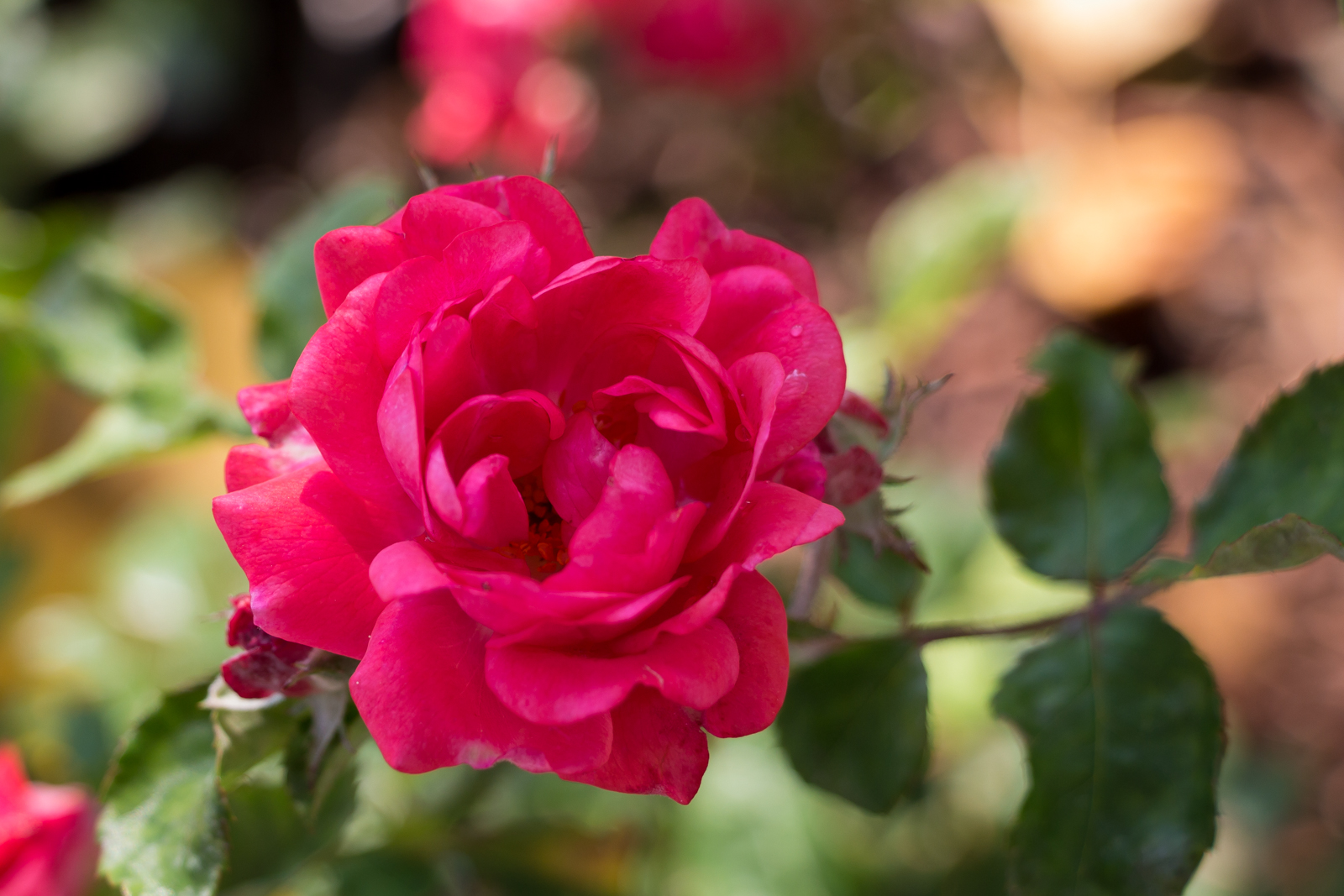Jack and I haven’t really wandered too far from home this week because fibromyalgia and damp weather don’t get along, but that just gives us a chance to check out the changes in our own neighbourhood. These mushrooms for example weren’t here earlier this week. Must be all the rain we’ve had. I’m not familiar with this variety of fungus, but they look to me like more fun than fungus.






